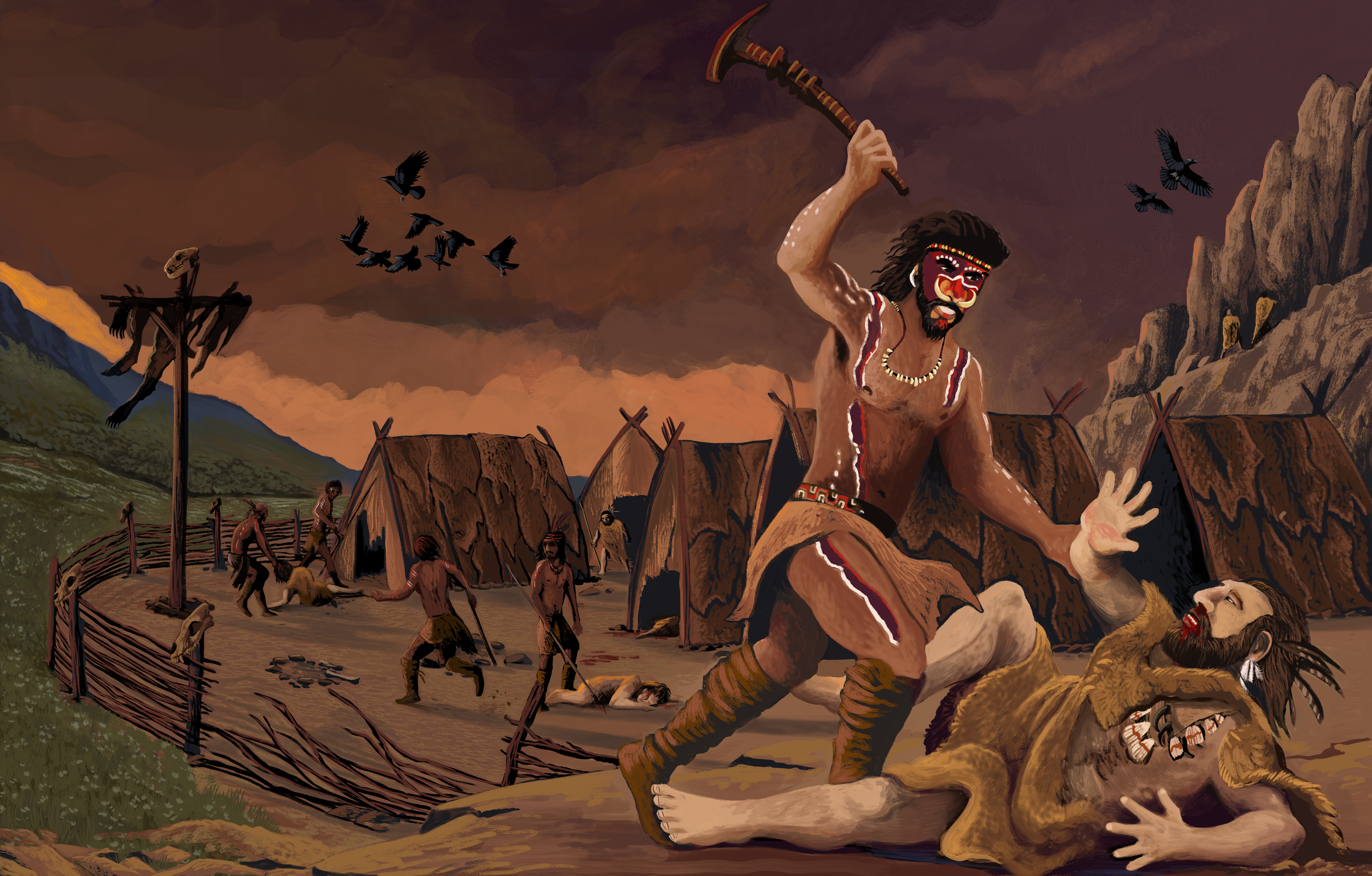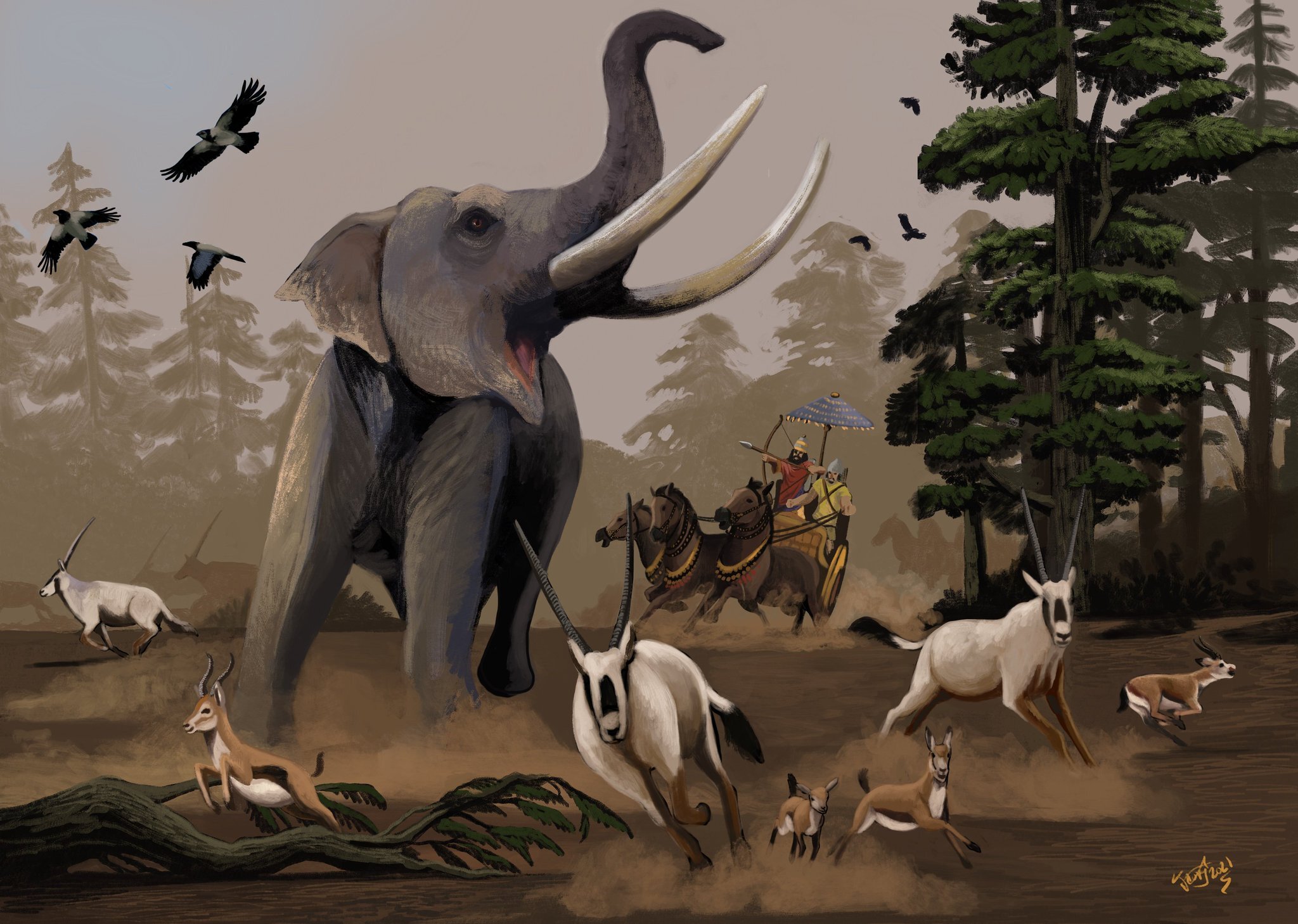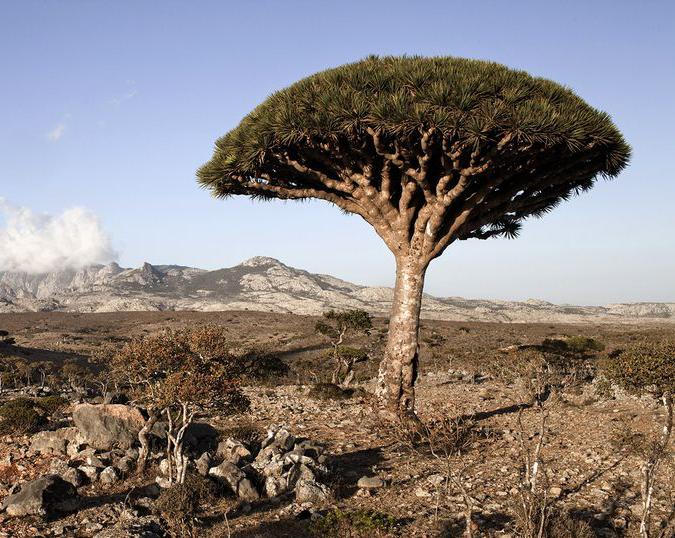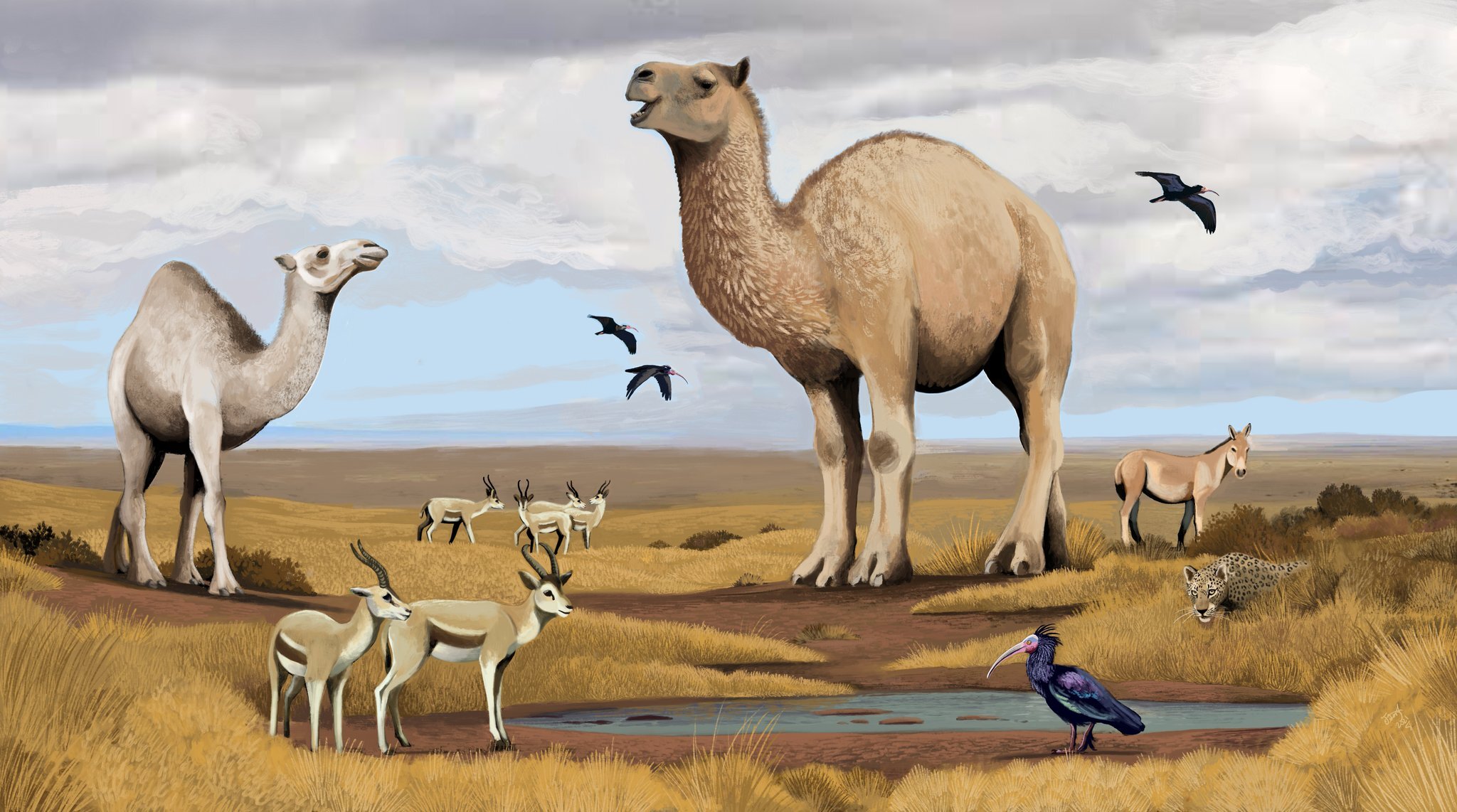
Evolutionary Anachronisms in The Western Palearctic – Part I: Puzzling Pomes
In their 1982 paper Neotropical Anachronisms: The Fruits the Gomphotheres Ate, Daniel H. Janzen and Paul S. Martin defined it as a trait of a plant that is inexplicable unless seen in the backdrop of its evolutionary past. For instance, Gymnocladus dioicus, a tree in the legume plant family Fabaceae that is native to the eastern United States, produces seed pods that are poisonous to mammals, unbreakable to rodents and impervious to water, yet depend on all of these for dispersal since the seeds, the largest in the continental United States, are too heavy to be carried by wind anywhere far. As a result, each year the parent tree will produce pods that fall to the ground, where they slowly decompose over the years, even in seemingly natural habitat. This is odd because the fruit of any plant is always intended as a diaspore. Plants have outbid each other over millions of years in attempts to produce the most sophisticated designs that will allow their unborn offspring to travel and germinate a preferably long distance away from the parent. So, if the Kentucky coffeetree, as it is also called, fails so miserably at dispersing seeds away from the parent tree, despite an elaborate diaspore, one is compelled to ask, why?.

First and Last Men Part I - Adam's Kindred
It is an odd thing to consider that only a couple centuries ago there existed among neither the public nor the sciences any particular notion of prehistory. There was history, of course, a field both venerable and respected, but nothing before it. The annals of the Old Testament traced back the lines of man to the very dawn, or so it seemed, and little in the way of archaeology or palaeontology had ever arisen to complicate this picture. The histories seemed complete, a record from dawn till dusk. The process of discovery is rarely gentle. The advent of geology, palaeontology and complex archaeology have resulted in nothing less than a total reinterpretation, if not revolution, in our view of human history. If the old narratives were not destroyed, they were rendered at least vastly more complex than hitherto thought. From this process of discovery and transformation has arisen an entirely new cultural vocabulary, never before known: Extinction, evolution and the vastness of time became concepts enmeshed in popular thought. For the first time in millennia, people spoke of the mammoth and the sabretooth. For the first time in history, of the dinosaur. Yet of all the new images and ideas, perhaps the most startling was also the most familiar: the man before Man, the dweller in the grottos, the ur-person. The Caveman.

Beasts of the Bible and Babylon
The Ancient Near East was home to much wildlife, many of which is now sadly gone. As previous articles on this website have shown, many species of Camel, some of vast size once lived in the region during the Pleistocene, but by the time the Sumerians and Egyptians invented writing in the 4th millennium BC, all but one species was long gone. Nonetheless, many other species, today extinct in the region, or worldwide in some cases, lived in the region of the Near East in the early historical period, such as Elephants, Aurochsen, and Hippopotami.

Islands - Socotra
Isolated for 20 million years, Socotra is a world apart. It is home to numerous birds and reptiles found nowhere else, as well as a host of plants, so bizarre as to look almost alien. And yet, Socotra is in decline.

The Mysterious Origins of the Dromedary
Dromedaries have been one of the most important domesticated animals in human history, yet their origins remain unclear. Fossils are restricted to the Holocene and their affinities to other species a matter of debate.

The Aurochs
A creature of both myth and history, the aurochs was the wild ancestor of domestic cattle, and a denizen of innumerable legends. Dying out as recently as 1627, it is one of the few members of Europe’s extinct megafauna to have survived into historical times. In this article, guest author Daniel Foidl lays out everything there is to known about the renowned beast.
